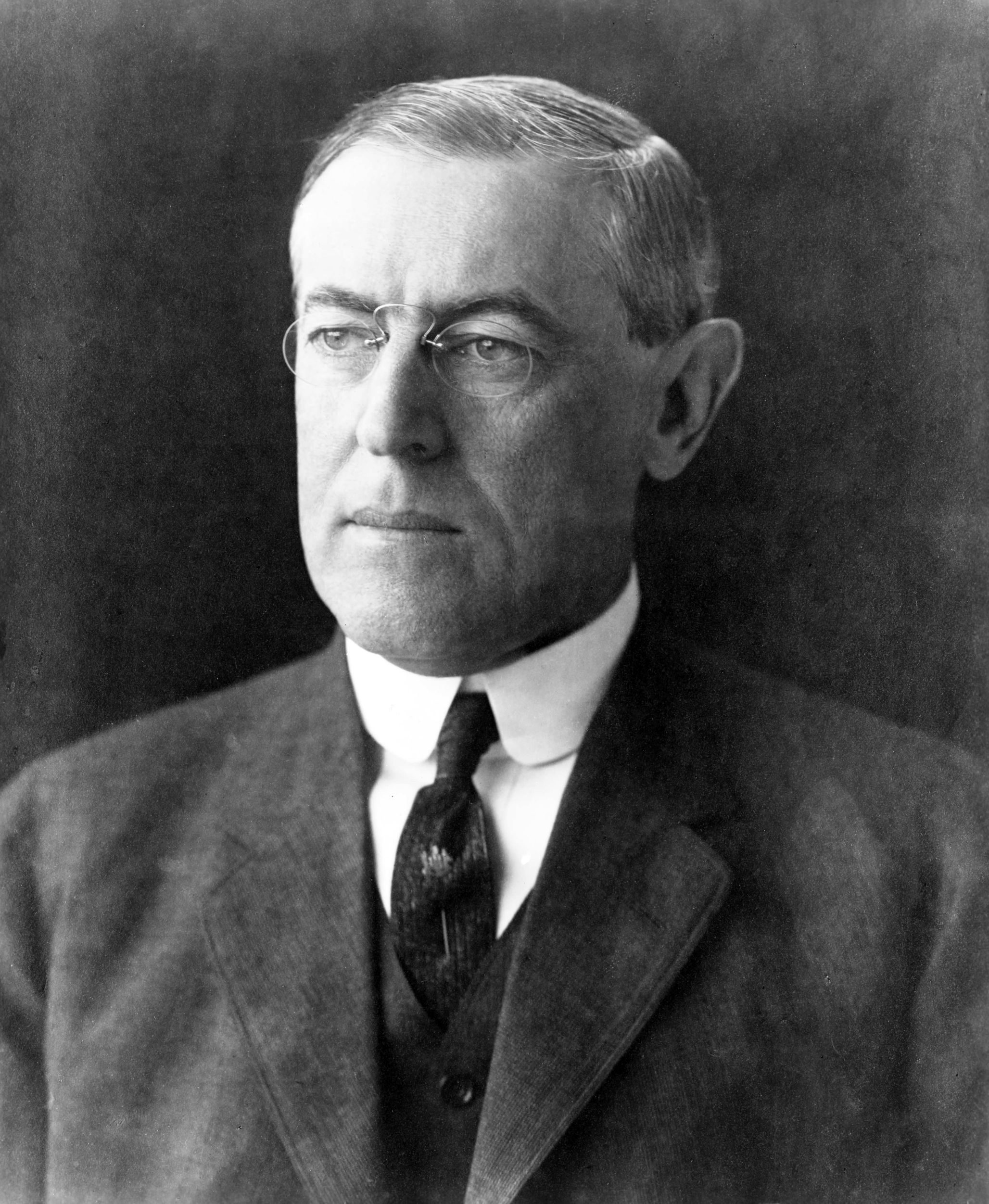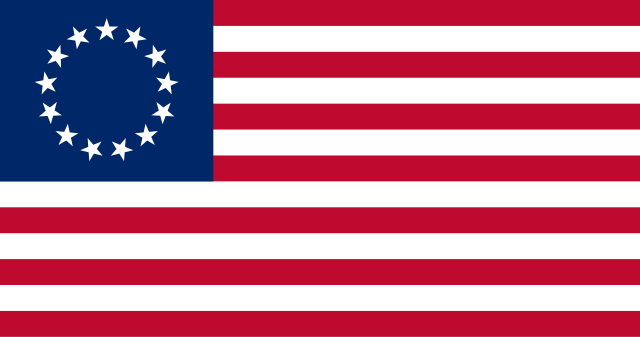
Celebrating Flag Day
Americans celebrate Flag Day each year on June 14th. Why do we celebrate Flag Day?
The “new luster” of our ideals
In 1917 President Woodrow Wilson proclaimed Flag Day an official holiday to honor the anniversary of the adoption of the national flag on June 14th, 1777. His address emphasized how Americans have always and will always be held “accountable at the bar of history.”

With American soldiers fighting and dying on the battlefields of Europe in support of the Allies, Wilson used his address to connect the nation’s purpose with making “good with our lives and fortunes the great faith to which we were born”:
We meet to celebrate Flag Day because this flag which we honor and under which we serve is the emblem of our unity, our power, our thoughts, and our purpose as a nation. It has no other character than that which we give it from generation to generation. The choices are ours. It floats in majestic silence above the hosts that execute those choices, whether in peace or in war. And yet, though silent, it speaks to us —speaks to us of the past, of the men and women who went before us and of the records they wrote upon it.
America was nothing short of the “salvation of nations” in a world gripped by war, Wilson argued, and American resolve to vindicate our national purpose gave “new luster” to the Stars and Stripes.
In the spirit of celebrating Flag Day and honoring our military, let us examine the origins of the flag and how it continues to drive America’s founding principles.
Everyone knows what the 50 stars and 13 stripes represent on the American flag.
Most people know that our current flag evolved from previous flags with fewer stars.
Some people even know a couple of the finer rules of flag etiquette, for example, “When displayed over a street, place the union (or “canton,” i.e., the blue square and white stripes) so it faces north or east, depending upon the direction of the street.”
Have you ever wondered why the US Army flag patch worn on the right shoulder is reversed?
If you never noticed this unique feature of the US Army uniform, now you will never be able to “un-see” it. Not only is the flag patch reversed on US Army uniforms: the next time you visit the airport you will see that the flag is reversed on all US-flagged aircraft.
Why, then, is the flag reversed on uniforms and aircraft? To understand why, we must briefly investigate the origins of the American flag.
At the outbreak of the American Revolution, American colonists enthusiastically flew plenty of makeshift flags to set them apart from their British adversaries. By 1777, the first official flag to represent the Patriots, known as “the Continental Colors” or more importantly, the “Grand Union Flag,” seemed eerily like the British Union Jack and thus required modification.
On June 14th, 1777, the Founders took a brief respite from debating the Articles of Confederation to pass the first “flag resolution.” They resolved that the flag, known as the “Stars and Stripes,” would consist of “13 stripes alternate red and white” and that “the Union be 13 stars white in a blue field representing a new constellation.”

While numerous claims to the first American flag abound, from Betsy Ross to an entire committee led by Founder Francis Hopkinson, one thing is certain: the flag always consisted of the colors red, white, and blue. Why these colors? According to Charles Thompson, who served as the Secretary of the Continental Congress,
White signifies purity and innocence, Red, hardiness & valour, and Blue, […] signifies vigilance, perseverance & justice.
Throughout American history, the flag has embodied these values because of how Americans themselves endeavor to embody and perpetuate these same values: purity and goodness, hardiness and valor, vigilance, perseverance, and justice.
Which brings us back to our opening question: why is the US Army flag patch worn on the right shoulder reversed?
The answer: the blue field of stars representing our United States must receive the highest position of honor when placed on a moving object. Since soldiers run toward the enemy, their backward flag patches give the appearance of flying in the wind as they move forward.
In a larger sense, the soldiers who carry the American flag with them as they pursue victory embody America’s founding principles of life, liberty, and, of course, the pursuit of happiness. Flag Day continues to speak to our national purpose, and while we have at times struggled to realize that purpose, Americans will continue to move forward and give “new luster” to our ideals.
